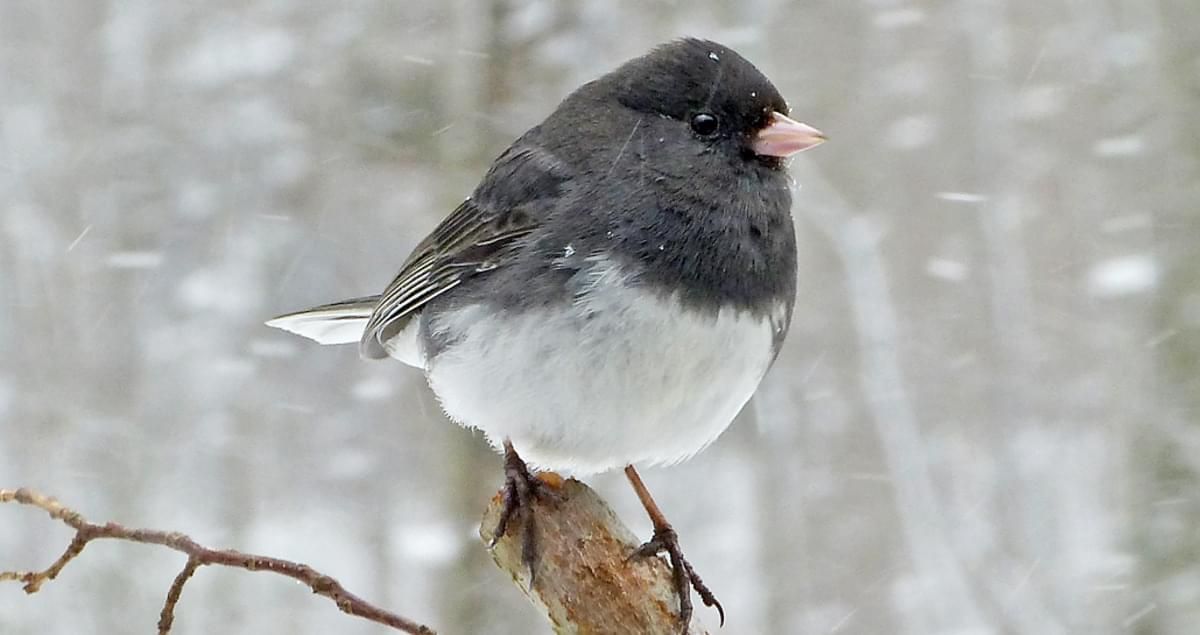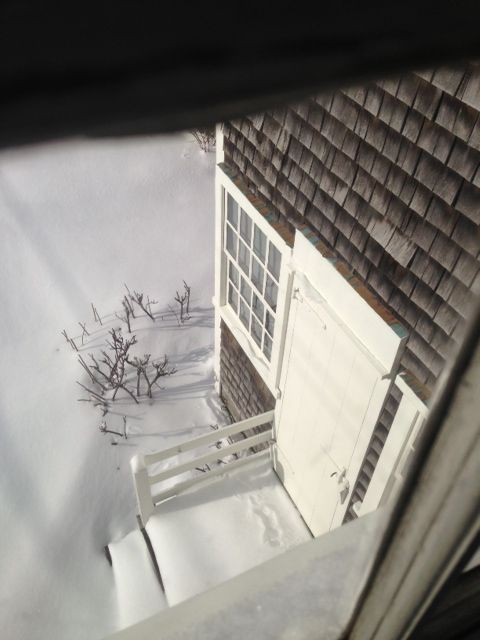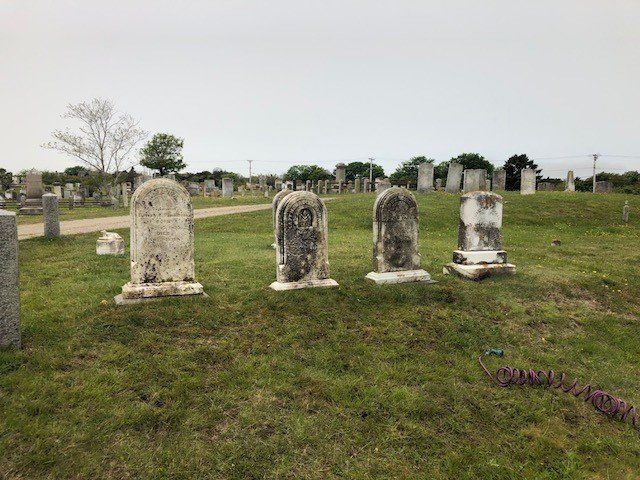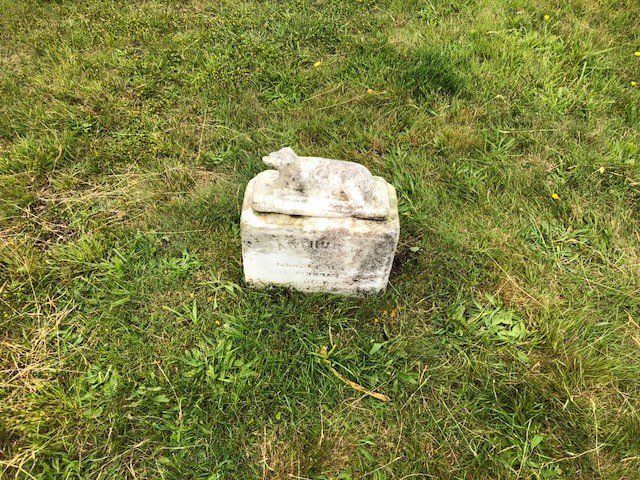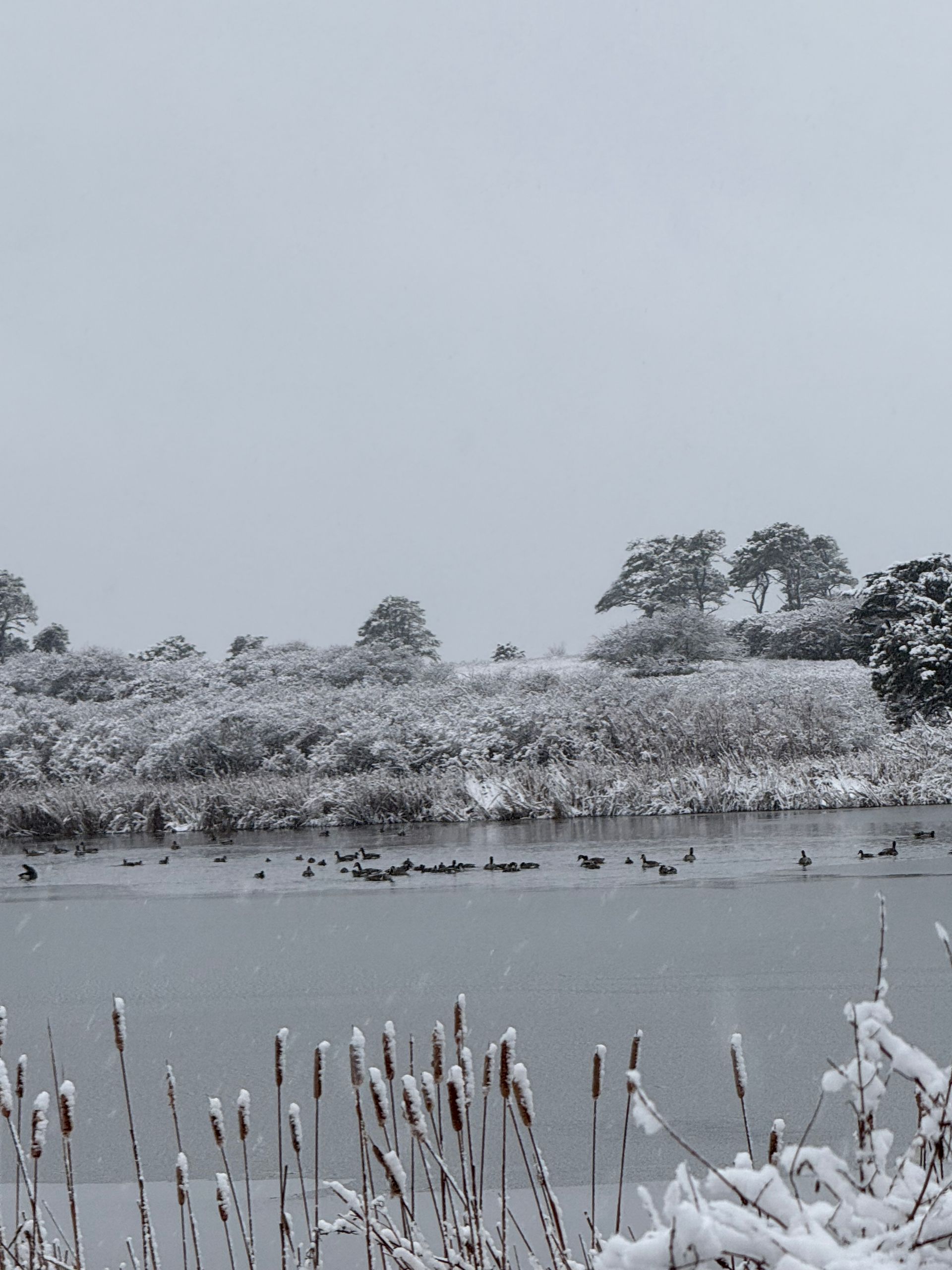Stone Monument Conservation
On Saturday, June 1, we had our yearly stone monument conservation workshop. We had some students from Preservation Institute Nantucket join us and these are some of the stones we worked on at Lot 471, the Captain Henry C. Pinkham Lot. The captain, his first wife, and his second wife had their stones cleaned with a special cleaner specifically made for stone conservation. One must be trained in cleaning and use the proper tools and cleaner. One must also have permission form the cemetery to clean a stone – even of one’s own family – and one must never clean stones without permission from family members or descendants.
There are several other people buried in the lot – their stones either never existed or unfortunately and sadly, went missing. One of these family members was a carpenter who died in his early 50s in the Boston-area. My theory about (at least) his lack of a stone is this: since Nantucket by the time he was in his 30s was in a deep economic downturn – there were only about 2,000 people left on the island – he left the island to find work. There would not have been much for a carpenter here on island. Perhaps he has no stone as he and his family could not afford one.
There are two other stones we chose not to clean during the workshop as they are loose and wobble where they attach to the foot. But, another stone, the small lamb, we also cleaned. It is the burial site of young Arthur, a one-year old child, the grandson of Henry Pinkham. A lamb of course was a common symbol used for children who died. At some point recently, someone planted a daffodil bulb at the base of the stone. And, I wonder, if this person has been doing the same for other burial sites of children.
JNLF
Recent Posts
